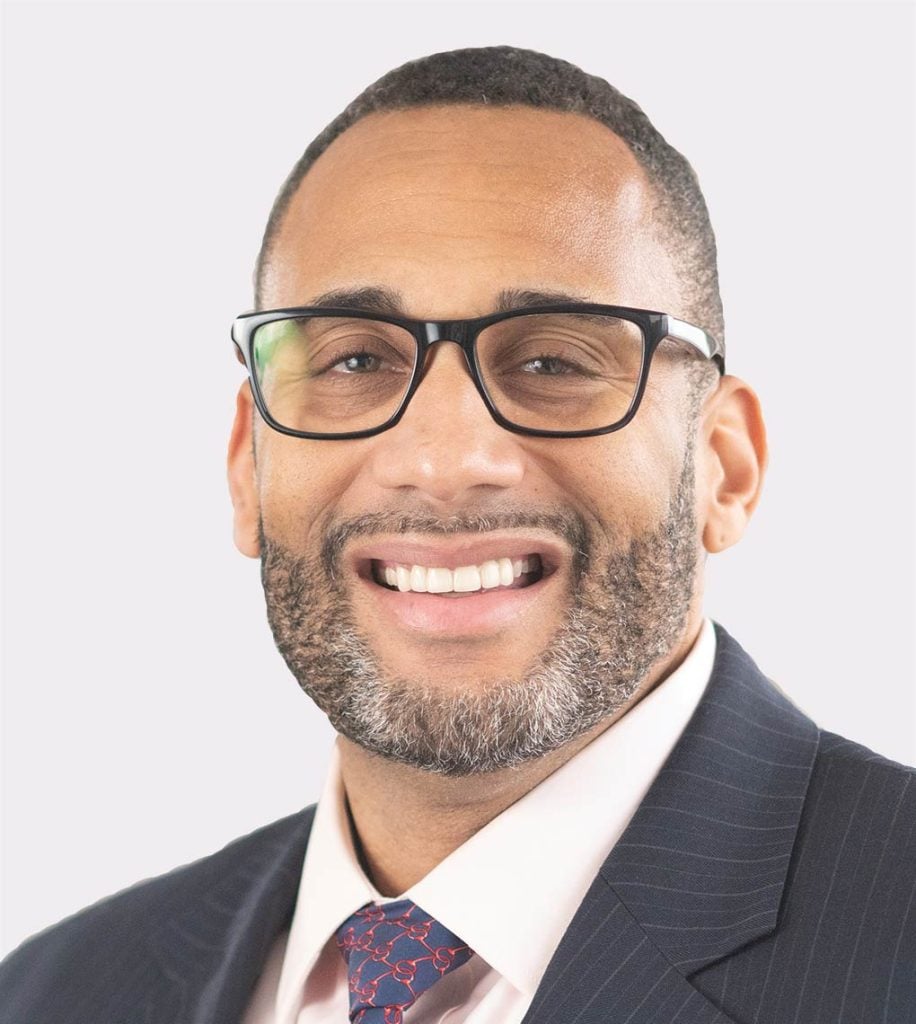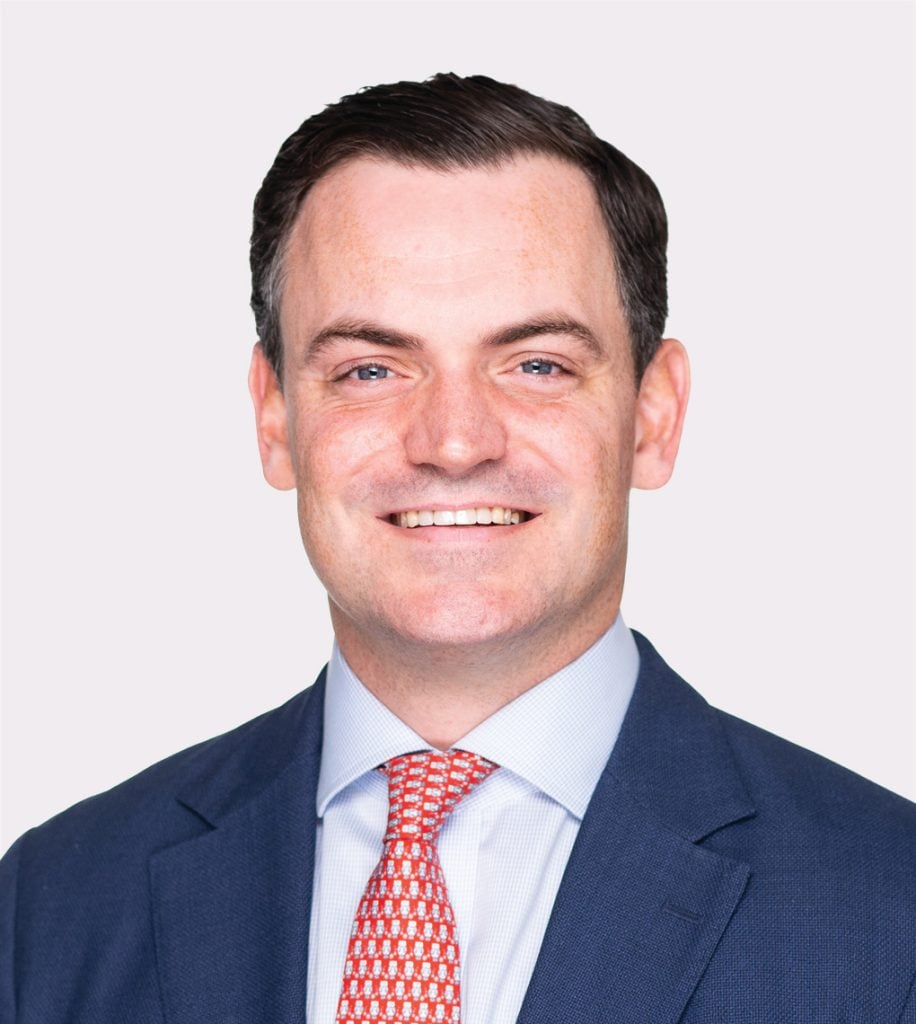Entry Points | From ZIRP to ARK
July 2023
Senior Portfolio Manager Mark Donovan, CFA, explains how the end of the Fed’s zero interest rate policy refocuses attention on value and active management.
Catalysts in Play: The Federal Reserve’s zero interest rate policy (“ZIRP”), which was a powerful force fueling speculation over the past several years, is effectively coming to an end, which means the next decade for investors isn’t likely to be the same.
Entry Points: ZIRP gave investors a reason to ignore valuations, with multiples for many tech stocks reaching astounding levels. The ARK Innovation ETF represents a poster child of this era, investing in companies based on predictions of what they might do in the future, even if they are losing money today. Though valuations don’t always drive the markets in the short run, prices do matter in the long term, especially once speculation comes to an end.
- Lessons of the Dotcom Bubble. The bursting of the Internet bubble in 2000 showed that tech is no different from any other part of the market. Back then, companies like Cisco and Intel achieved peak valuation levels and, in many cases, never returned to those multiples, demonstrating that even large, household names are not immune from capitalism’s competitive forces. Investors in today’s market have become too complacent about the moats surrounding the biggest stocks. That could change going forward.
- The End of ZIRP: The Fed’s change in interest rate policy in 2022 was the catalyst that broke the back of the speculative end of the market, with a large percentage of high-multiple stocks falling 50% or more in the calendar year.
- The Road Ahead: While the Fed will pause in the summer to see how successful rate hikes have been at driving down inflation, we’re a long way from rate cuts, even if investors are hoping for a quick Fed pivot. Meanwhile, the probability of a recession is relatively high now given credit tightening, reduced fiscal stimulus, and the lagged effect of Fed rate increases to soften the economy.
Active Strategy: This landscape sets up opportunities for active management and value investing. Due to the top-heavy nature of the S&P 500, in which five names now account for nearly a quarter of the index, success is being determined by the performance of that handful of companies. This is an opportunity for active management with an analytic edge to find neglected or overlooked stocks at a bargain.
At Boston Partners, we look for a combination of strong business fundamentals, attractive valuation, and positive business momentum. To us, these are the three laws of investment physics. We believe our focus and unwavering discipline around these principles give us an analytic edge over competitors.
Mark Donovan, Portfolio Manager at Boston Partners
The Fed zero interest rate policy was a powerful force that fueled the likes of ARC and other investors over the past decade. Will the next decade be the same? I’m Mark Donovan, portfolio manager at Boston Partners. And we believe that with the Fed’s zero interest rate policy effectively coming to an end, the answer to that question is a resounding no.
The Fed’s zero interest rate policy, in effect, gave investors a reason to ignore valuation multiples. We saw multiples for many what were successful companies reach astounding levels. ARK represented kind of the poster child of the recent era of the valuation doesn’t matter mantra and investing. Ark has invested in a lot of companies, many of which are losing money or have negligible profits and that are really based on grandiose predictions of what they will do in the future. And through the course of my 40 year career in the investment business, I’ve seen this movie before. It doesn’t always end well. It usually ends very badly, in fact. In the short run, there are times where valuation doesn’t matter, but in the long run, valuation does matter. And so I look across the spectrum of investable ideas in the universe. Today I see a lot of companies with huge levels of optimism embedded into their valuation multiples. Given my past experience, a lot of those companies will not live up to those lofty expectations.
Technology seems to have at various times sucked all the oxygen out of the room of the broad marketplace, and there have been some really exciting developments in tech. And it’s when you think about some of the most successful companies of the last ten, 15, 20 years, there’s no question that a high percentage of those are technology companies. And so to some degree, tech does deserve the attention that it’s gotten on the part of investors. That being said, technology is not any different from any other part of the market in that there is still competitive destruction. Companies like Microsoft, like Apple are not immune from competitive forces. That’s the way capitalism works. I think people have gotten way too complacent about the moats around some of these businesses, which in many cases are real for today, but that could change going forward in the future. For those reasons. Some of the very high multiples that we see on many of these tech companies, to us make them not a great risk reward bet from here. As a comparison point for the bubble that we’ve seen in recent years, one of the most interesting periods to look back on is the Internet bubble of 1999, 2000, companies like Microsoft, Cisco, Intel, which achieved peak market valuation levels in the spring of 2000, in many cases, never returned to the prior peak levels. And in the case of the few that did Microsoft and IBM, it took in the case of IBM, 12 years, in the case of Microsoft, nearly two decades to get back to that peak market capitalization level.
2022, I think was the year where the shock of the end of the Fed zero interest rate policy came home to roost for investors. And we really saw through multiple Fed actions the very high multiple names in 2022 a high percentage of them really broke down in many cases by 50, 60, 70% in the calendar year. And I definitely believe that the Fed change in interest rate policy was the catalyst that brought about the breaking of the back of that very high multiple speculative end of the market. Obviously, inflation became a big part of the discussion in the latter part of 2021 and very much so in 2022, the CPI peaked at about 8% and it’s now come back down to about five. Getting it from 8 to 5 wasn’t that difficult. I think getting it from 5% to the Fed’s target of 2% is going to be much more difficult. Nobody in Washington, DC ever admits they made a mistake and I don’t think the Fed is any different. I do think that they would acknowledge that they stayed with the zero interest rate policy and the quantitative easing longer than they should have. Therefore, while the Fed will pause here in the summer of 2023 and see how the effects of past rate increases are successful at driving down inflation, we’re a long way away from Fed rate cuts, and I think investors in the marketplace seem a little too complacent that that those effects could be just around the corner.
When we think about the possibility of recession going forward, we tend to think much more in terms of probabilities than in terms of absolute predictions. I do think the probabilities of a recession are relatively high right now, and I base that on looking at the shape of the yield curve. I base that on the fact that the Fed rate increases over the last 15 months tend to work with a lagged effect on softening in the economy. I also base it on the fact that particularly in the post Silicon Valley Bank, Signature Bank problems, credit has really tightened up and credit is the lifeblood of the economy. And finally, there’s unquestionably a desire on the part of several individuals in the US government to rein in the very high levels of spending that have taken place over the last several years. I think going forward there’s a high probability of less fiscal stimulus coming from the federal government and that too would be a source of potential weakening in the economy. So you add all those things together, and I would say we certainly have a higher than average risk of recession either in the second half of this year or the early part of next year. From where we sit today, we have a good set up for active management. And you look at particularly the top heavy nature of the S&P 500 where five names account for nearly a quarter of the S&P 500 index.
The success of index investors is going to sink or swim with the success of those five companies. This is an opportunity for active management to find names that have been neglected and ignored in this narrow market advance, to really position portfolios to strongly outperform the benchmark. The setup for value today is very good. So even in a market with overall high levels of aggregate multiples, there are still some bargains out there. In most periods of time when interest rates were rising, value tended to lead growth as a preferred investment style. I do think that the valuation metrics, which frankly have been fairly unimportant on the mind of many investors over the last decade will become very important again. The valuation gap between growth stocks and value stocks is close to two standard deviations above normal right now, suggesting that over time a reversion to the mean trend would seem to suggest a good backdrop for value investing.
We at Boston Partners have never believed that we have an information edge because we think nobody has an information edge. What we believe we have is an analytic edge. We follow very diligently the same roadmap for every company, regardless of sector, where we’re looking for the combination of strong business fundamentals, attractive valuation and positive business momentum. These are the three laws of investment physics in our mind. These are the three most powerful factors that increase the probability of superior investment returns. It’s our focus on that and unwavering discipline around that. That we believe gives us an analytic edge versus those competitors who believe they can win through an informational edge.
5795365.2
Definitions:
S&P 500 Index: The Standard and Poor’s 500, commonly called the S&P 500, is a stock market index tracking the stock performance of 500 of the largest companies listed on stock exchanges in the United States.
Disclosures:
Boston Partners Global Investors, Inc. (“Boston Partners”) is an Investment Adviser registered with the Securities and Exchange Commission under the Investment Advisers Act of 1940. Registration does not imply a certain level of skill or training. Boston Partners is an indirect, wholly owned subsidiary of ORIX Corporation of Japan (“ORIX”). Boston Partners updated its firm description as of November 2018 to reflect changes in its divisional structure. Boston Partners is comprised of two divisions, Boston Partners and Weiss, Peck & Greer Partners (“WPG”).
The views expressed reflect those of Boston Partners as of July 14, 2023. Any such views are subject to change at any time based on market and other conditions and Boston Partners disclaims any responsibility to update such views. Discussions of market returns and trends are not intended to be a forecast of future events or returns.
Estimates reflect subjective judgments and assumptions. There can be no assurance that developments will transpire as forecasted and that the estimates are accurate.
































